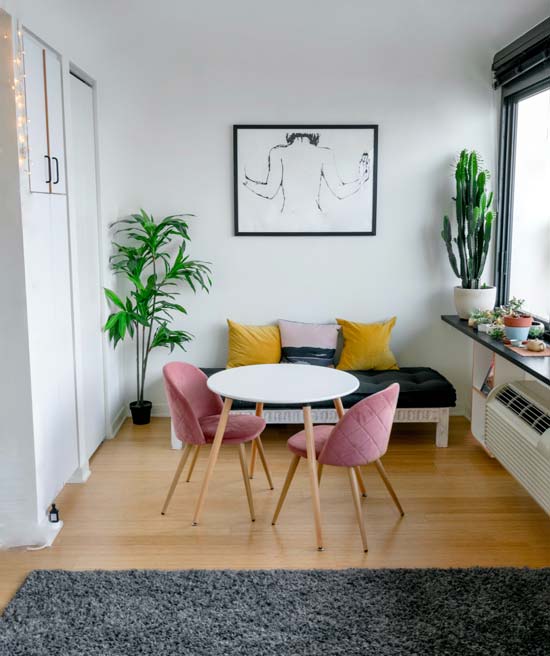When going through an episode, migraine sufferers would look for a comfortable space that is both cool and dark. Sensory triggers like bright lights and noise can be greatly disturbing not just for people with migraines, but also for neurodivergent individuals, particularly those on the autism spectrum, as well as persons with PTSD, Alzheimer’s, and other chemical or sensory sensitivities.
It is a fact that our living spaces greatly affect our mental, physical, and emotional health. The state and design of our homes can contribute considerably to our healing and wellbeing. And as the world goes through numerous challenges related to the pandemic, there is a growing need for our lived spaces to be not only functional and safe, but also calming and restorative.
This is the idea behind the design approach being used today by designers like Sarah Barnard, who refers to it as an “inclusive and trauma informed approach to design”. She offers a few suggestions on how to build spaces that are both safe and healing.
1. Find ways to reduce or control sensory overstimulation. The effects of trauma and other unpleasant symptoms of certain conditions may be managed when sudden sensory stimulation is reduced. There need to be available ways to shelter residents from intrusive sounds, odors and light.
2. Empower residents to limit or customize their exposure to unwanted stimuli. They will feel safer and more protected living or being in these places. A restorative living space must be able to offer the comfort of being enveloped in a protective shield.
3. Build smaller retreats within spaces. Make sure that elements of retreat and privacy are incorporated into the space. For example, use a screen to separate the WFH area from the family’s living room to create a boundary without putting up a wall. Or, turn private spaces into a place of retreat. Bathrooms may be designed such that the occupant can comfortably spend adequate time inside to relax and freshen up. The key is to think beyond a room’s most basic function and be creative in extending the purpose of any space.

4. Customize. Any space can become actively restorative when it has elements that are healing, calming, and relaxing for the residents themselves. This means that personal preferences should be prioritized. For example, include artworks or pieces that evoke a sense of calm or happiness, and pay particular attention to how and where these are displayed. Use colors, textures, and other sensory elements that the residents find comforting.
5. Incorporate nature into the home. The biophilic design movement was created because it is a known fact that being in nature offers huge health benefits. When designing a healing and calming living space, there must be abundant plant life, views of nature, and plenty of natural materials sourced in an eco-friendly manner.

